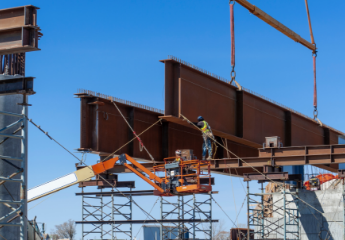BIM Modelling for Segmental Bridge
Please fill out the Download Section (Click here) below the Comment Section to download the CIM catalog!
A bridge deck configuration depends upon the site conditions and road alignment. In this article, we will discuss about one such bridge deck method i.e. Segmental method of bridge construction. This type is usually adopted in conditions where congestions due to traffic (in the case of a road bridge) are a major setback in construction activities. As the name suggests (segments) is a pattern of arranging the precast segments one piece at a time, along the substructure installed under prior conditions. (PSC Segmental Box Girder Bridge Design)These types of bridges are economical for longer span areas of superstructure developments as the complete RC set of the segment is availed on the site instead of
the cast in situ method of the bridge of construction, which in turn also saves time.
👉
ㆍBIM (Building Information Modelling) for a Segmental bridge through midas CIM
ㆍA complete project life cycle through one BrIM (Bridge Information Modelling) model in CIM.
Below are some of the samples for segmental bridge construction practices across the globe.

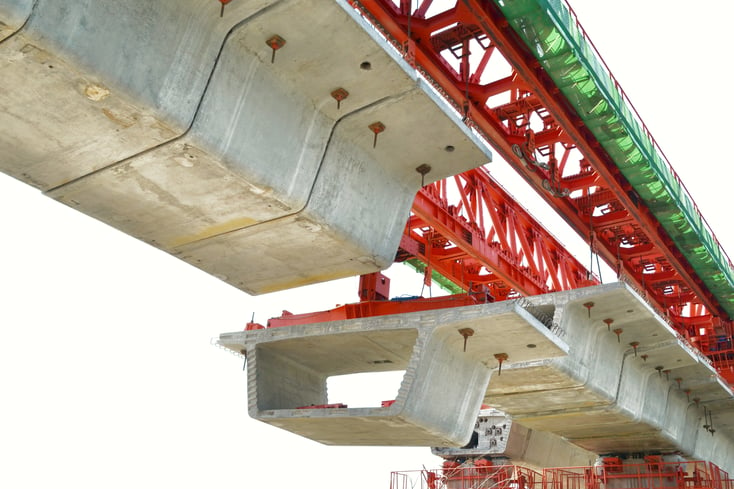

To understand the BIM (Building Information Modelling) for a Segmental bridge through midas CIM, we use the 2D section drawing (DWG) as a reference and generate a 3D geometry concrete model respectively.

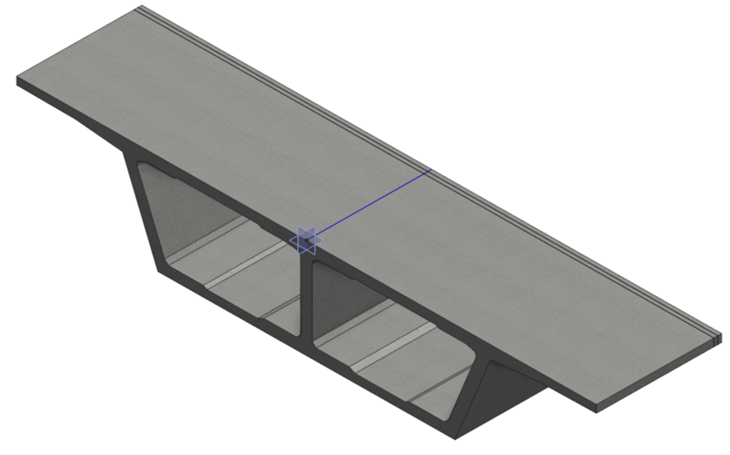
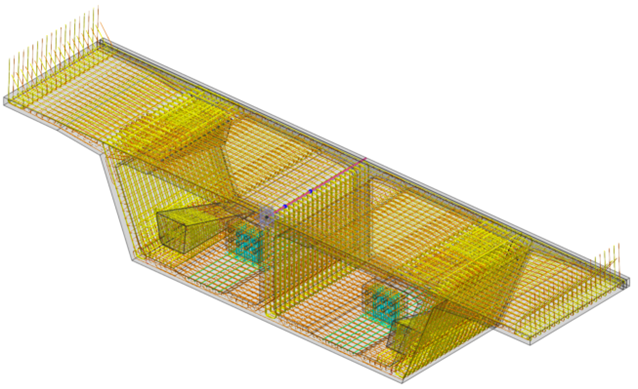
Reinforcement modelling for complex geometric shapes as well as viewing dense reinforced elements (such as PT blisters) with an ease through BIM can be carried out. On the other hand, generating an intuitive bar bending schedule (BBS) for streamlined on-site activities, determining to lap of bars, providing coupling locations, and thereby achieving casting timelines through midas CIM.
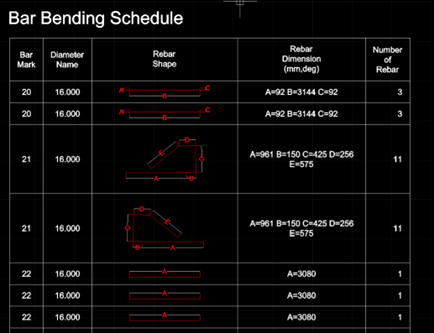
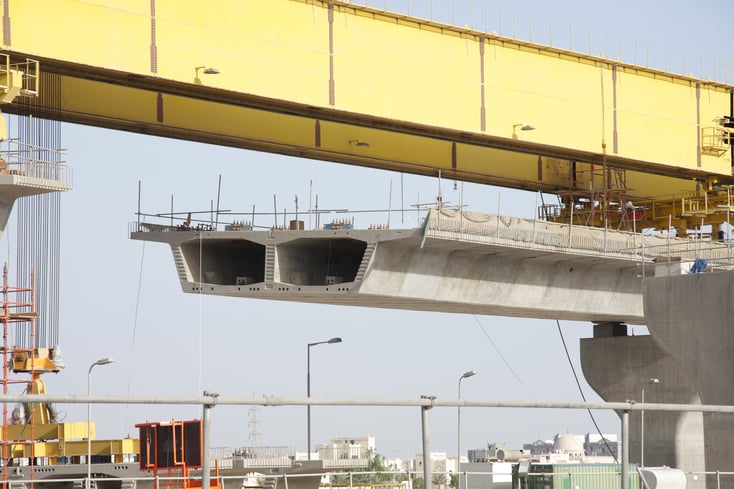

Another advantage of BIM models pertaining to the construction activities is identifying/detecting the interference (clashes) between reinforcement and the prestressing tendon cables (ducts) at blister locations, at the deck cables, and also at the web and soffit areas of the concrete segment thereby allowing the contractor to effectively execute the bar bending activities with minimal loss of material compared to the traditional methods.
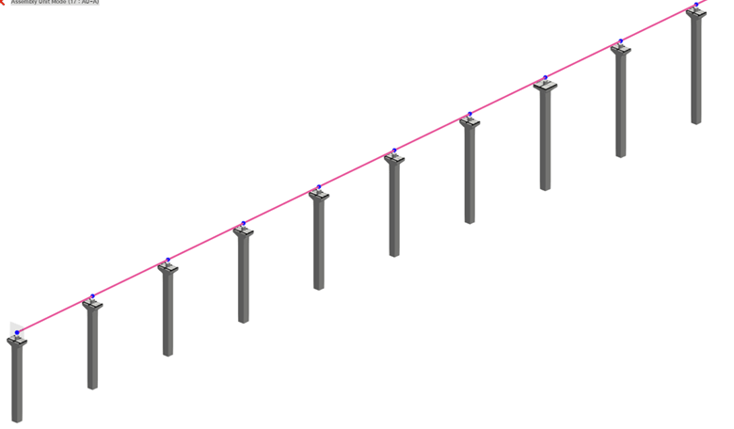

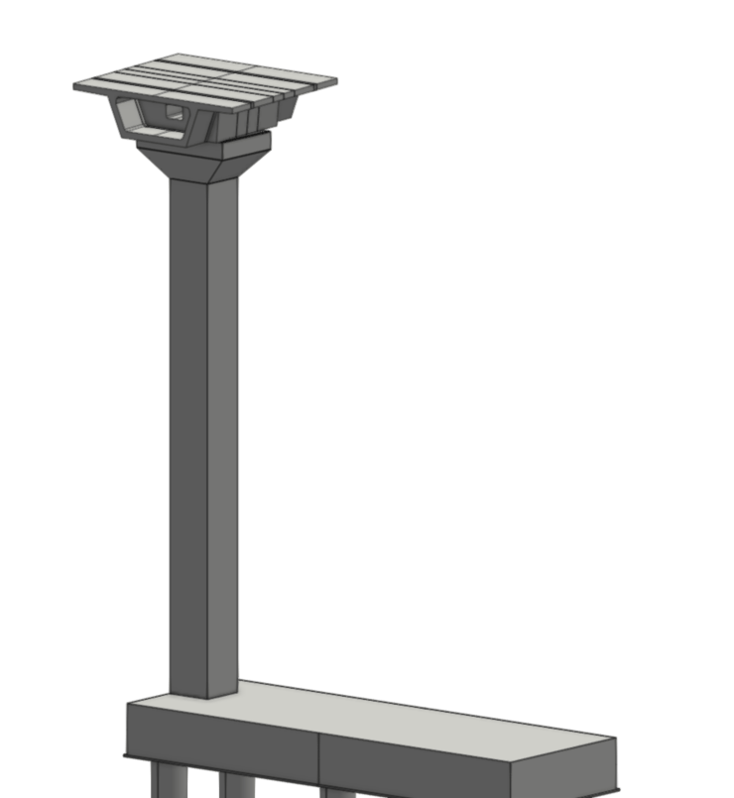
Defining construction activities in the model (on site) and mapping the (day to day) tasks as per the progress in real-time is possible with ease through the BIM model in CIM.
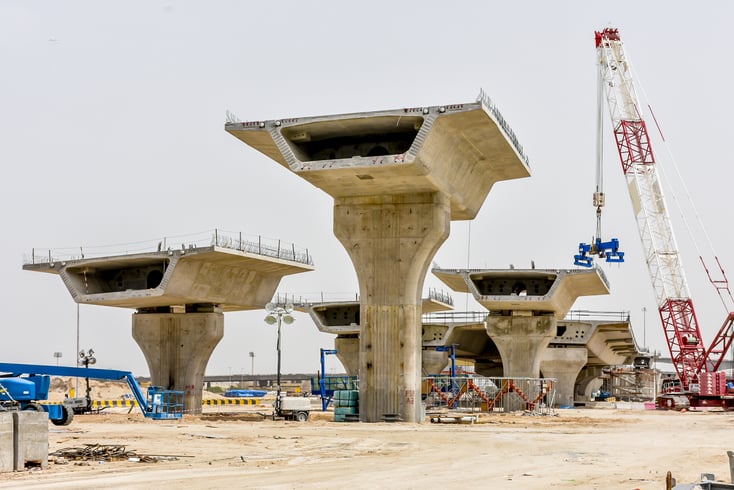
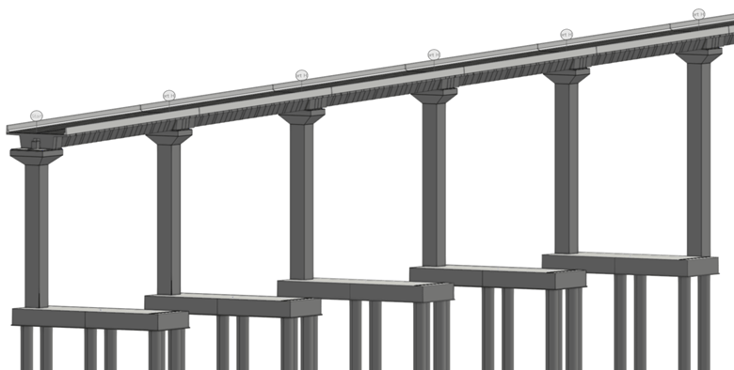
The smart BIM model allows the user to comply with several pre-construction stage decisions and helps overcome due diligence of a particular project, which indeed turns out to be cost-effective and thereby contributes to project deliveries, and eventually can become a tool of choice for Contractors, Owners, Stakeholders, and Consultants.
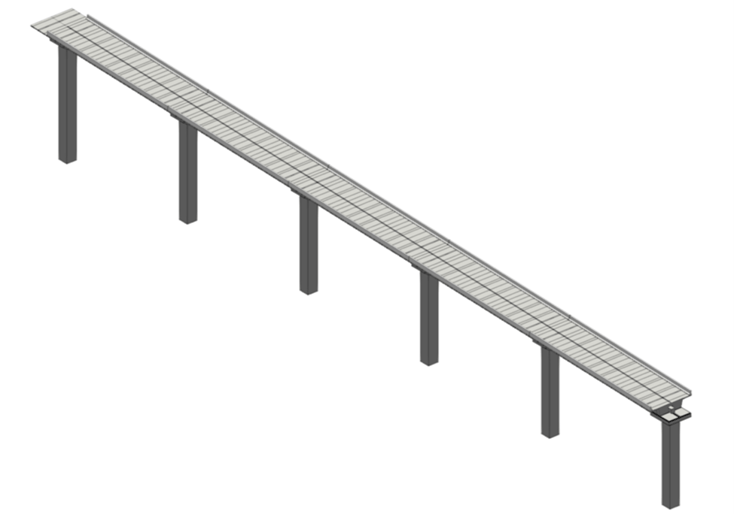


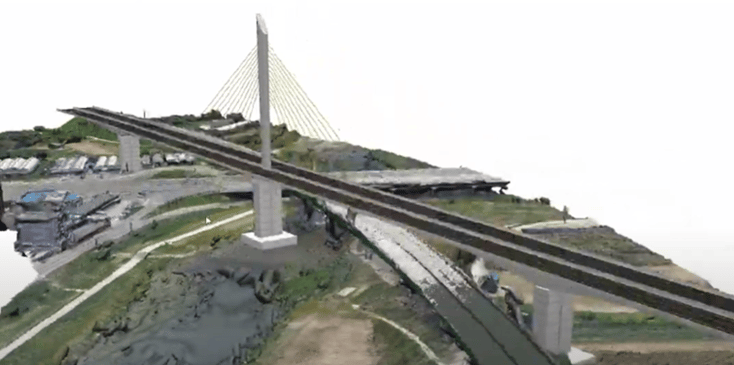
Ultimately a BIM model for a segmental bridge type through CIM can be of used for showcase of a live replica, with real time satellite image mapping, actual terrain modelling, surface, and geometry modelling, as well as analytical modelling and subsequent report generation, 2D drawing extraction, 3D pdfs for walk around, overall, a complete project life cycle through one BrIM (Bridge Information Modelling) model in CIM.

 Get Started midas Civil
Get Started midas Civil
 Featured blog of this week
Featured blog of this week



.png)



.png)
.png)
